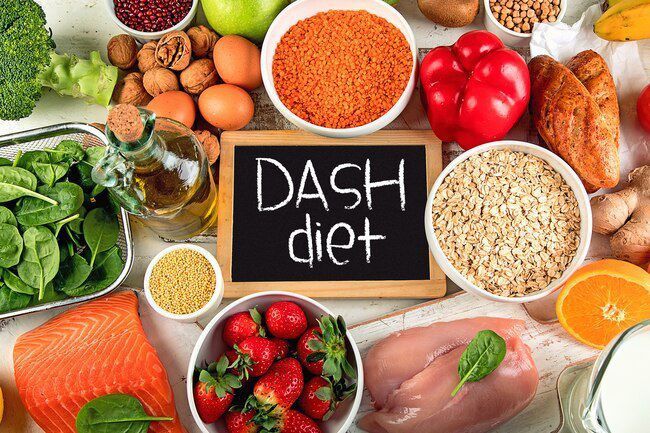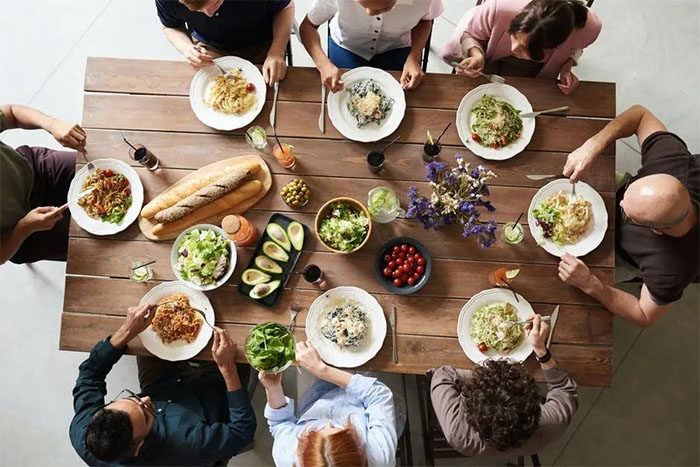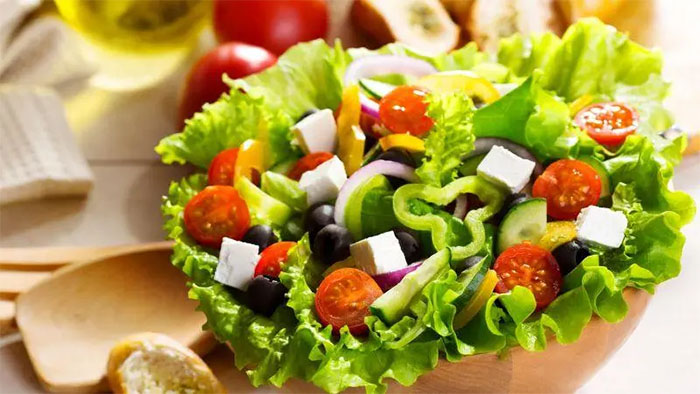- Login
- Cart{{shopingCartNum}}
- English
Have you ever tried not eating staple foods to lose weight? Many people in life do this to lose weight, and it's true that they may initially lose weight significantly. However, in the long run, most people are not satisfied with the results. Not only may weight rebound significantly due to resuming regular eating, but also excessive dieting may lead to various discomforts in the body.

When the intake of carbohydrates in the diet is too low, the body starts using fat and protein for energy, which can cause bad breath.
Eating too few staple foods can easily lead to an overall low energy intake, similar to dieting for weight loss, which can lead to malnutrition. This can cause a lack of nutrients necessary for hair growth. Additionally, with the increased excretion of the kidneys due to the conversion of fat and protein for energy, a large amount of vitamins and minerals necessary for hair growth will be excreted, leading to hair loss.
Dieting for weight loss can lead to insufficient intake of carbohydrates and calories. The body will sense a crisis and, as a self-protection measure, temporarily "shut down" reproductive function.
Staple foods also provide important protein. An adult woman needs 55 grams of protein per day. According to the "Chinese Dietary Guidelines," grains should be consumed at 200-300 grams. Taking 200 grams of rice as an example, it provides 15.8 grams of protein, accounting for 28% of a woman's daily protein needs. If staple foods are not consumed for weight loss and there is no additional intake of high-quality protein, it is very likely that the intake of protein will be insufficient, leading to increased muscle loss.
In addition, carbohydrates are the main source of energy. If the intake is insufficient, protein will be broken down and metabolized for energy, which can also lead to increased muscle loss.
Staple foods primarily provide carbohydrates, which are the main source of energy for the brain. The brain relies mainly on glucose in the blood for energy supply. If intake is insufficient, symptoms of hypoglycemia may easily occur, leading to feelings of fatigue and weakness.
Many individuals who avoid staple foods significantly increase the proportion of meat in their diet, especially red meat, and even fatty pork. Studies have shown that long-term consumption of excessive red meat increases the risk of obesity, type 2 diabetes, and colorectal cancer. Additionally, fatty pork contains high levels of saturated fatty acids, and excessive intake of saturated fatty acids increases the risk of cardiovascular disease.
A cohort study of the American population has shown a U-shaped relationship between the percentage of energy provided by carbohydrates and overall mortality rates. When the percentage of energy provided by carbohydrates is between 50% and 55%, the risk of mortality is lowest, while both less than 40% and more than 70% of energy from carbohydrates are associated with higher mortality risks.
Long-term low-carb or very low-carb diets, which involve avoiding staple foods, may also trigger mental symptoms such as depression and anger.
During weight loss, avoiding staple foods often leads to overall reduced food intake. As a result, there is also less food residue, which is insufficient to stimulate bowel movements. This can lead to the absorption of moisture from the small amount of food residue reaching the large intestine, causing it to become dry and hard, leading to constipation over time.
It seems that there are quite a few "side effects" of avoiding staple foods during weight loss. To avoid these discomforting symptoms, it is important to consume staple foods properly.

If you want to control your weight or lose weight, you need to control your total calorie intake. Effective weight loss only occurs when energy intake is less than energy expenditure.
To control total calorie intake, it is important to control appetite. During weight loss, the order of eating should be followed carefully. It is recommended to start with a light soup, then have a bite of light vegetables, followed by a bite of protein-rich food (such as meat, eggs, or soy products), and finally, have a bite of staple food. Following this sequence, the cycle of eating can continue.
It is also important to pay attention to the balance of coarse and fine foods, and to minimize the consumption of refined carbohydrates. Balancing coarse and fine foods increases the intake of dietary fiber and B vitamins, which not only enhances the feeling of fullness and appetite control but also promotes gastrointestinal motility, preventing constipation and benefiting weight loss.
If you want to reduce the intake of refined carbohydrates, it is best to consume less white rice, white steamed buns, rice porridge, and various processed staple foods such as biscuits, potato chips, fries, egg rolls, cakes, sweet bread, fried breadsticks, fried cakes, and rice cakes.
These foods not only have high calories but also have a high glycemic index (GI). For example, the GI of fried breadsticks is 75, which is even higher than that of rice porridge, making it a high-GI food. The higher the GI of a food, the greater its impact on blood sugar, leading to a rapid increase in postprandial blood sugar levels.

During weight loss, the most recommended foods are those that are both filling and have a moderate GI. Whole grains and starchy foods are the most suitable, such as chickpeas, red beans, mung beans, oat rice, buckwheat rice, barley rice, brown rice, black rice, sweet potatoes, purple sweet potatoes, potatoes, and lotus roots.
When making rice, it is recommended to replace 1/3 to 1/2 of the rice with mixed grains or legumes, or to add diced starchy foods to make mixed grain and legume rice.
According to the "Chinese Dietary Guidelines," it is recommended to consume 200-300 grams of grain foods daily, including 50-150 grams of whole grains and legumes. Additionally, it is recommended to consume 50-100 grams of starchy foods.
The weight of a handful of rice for women is about 25 grams, and can also be measured directly using a graduated measuring cup. A handful of chickpeas or mung beans is about 25 grams, and a fist-sized sweet potato is about 100 grams.
Long-term avoidance or insufficient consumption of staple foods can impact health. Eating the right staple foods is healthier, so there's no need to make things difficult for yourself.